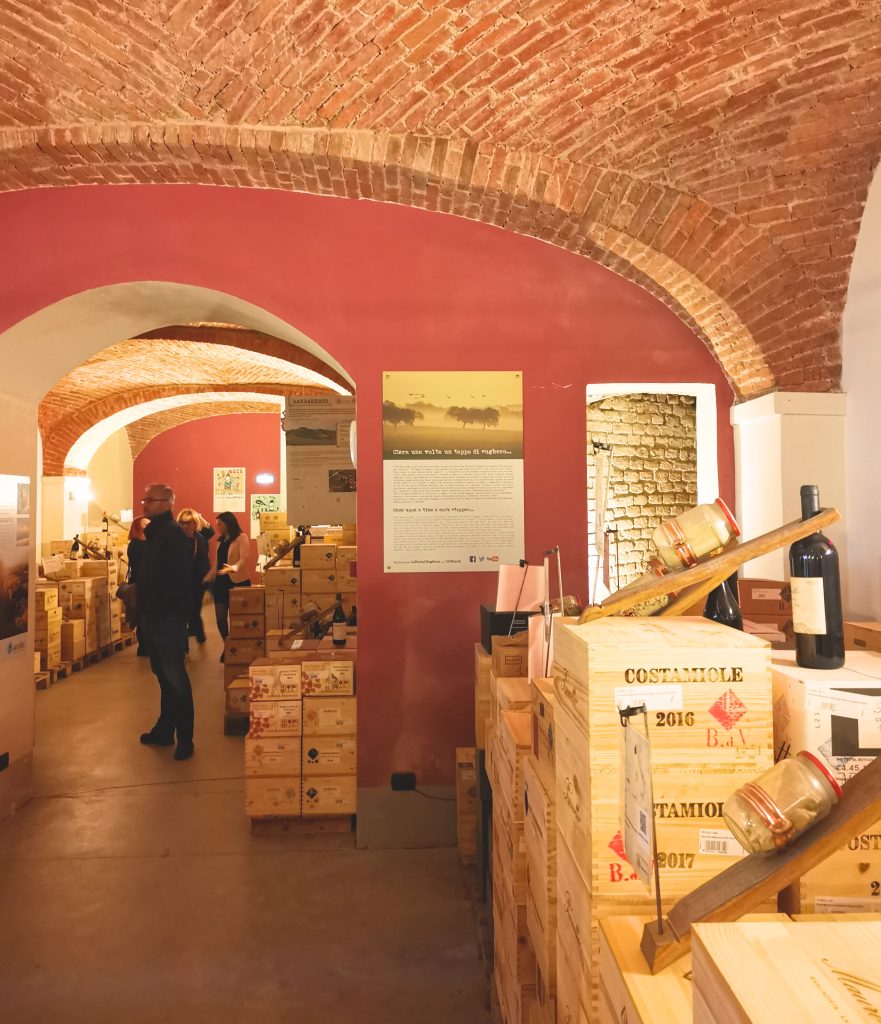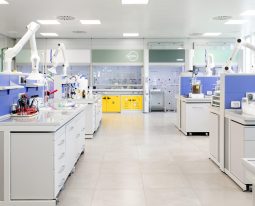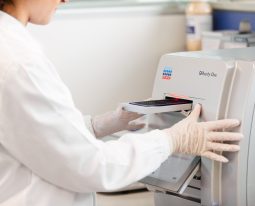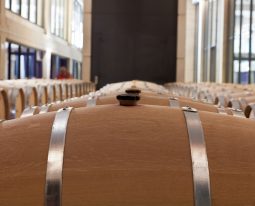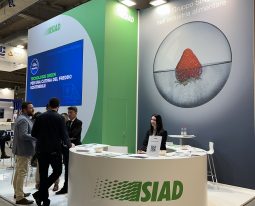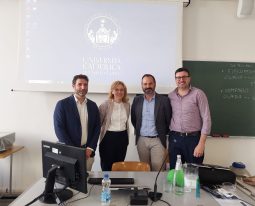Innovative, sustainable, circular, resilient, measured and certified. These are the key words of the ” Winery of the future,” as recently emerged at the roadshow of the same name organized by the University of Gastronomic Sciences in Pollenzo, a traveling itinerary for meet with Italian wineries and stimulate a discussion on how these priorities can represent, in the months and years ahead, a’ growth opportunities for the wine sector.
The first step of this journey featured industrial realities that have made sustainability a concrete commitment. With the SIAD Group, also Schneider Electric and Rina, as well as the Banca del Vino, a cooperative created with the aim of building the historical memory of Italian wine excellence.
Water purification, circularity and digitalization
The event, held in the Cuneo area, explored key issues for a sector that, within agricultural production, plays a leading role in the Italian economy: from circularity certification to digitalization and the role of technical and food gases. “What is the potential of water purification on the energy efficiency of wineries?”
To provide an answer to the question, as well as a broader overview of the possibilities provided by gases and related technologies, Luca Bellocchio, Proposal engineering for SIAD Group Application Development, “An innovative approach to the sustainability in the field of wine production,” says the expert, “must be of the type systemic. It must be, at the same time, environmental, economic and logistical.”
Gases in enology, a resource for sustainability
Any company, concretely committed to this mission, can bring its know-how. Going into specifics, “water purification in oenology, even more than in other sectors,” he stresses, “responds exactly to the three dimensions of sustainability they mentioned, giving wineries the opportunity to optimize their processes, under this triad of aspects.
Gases have the ability to minimize the outputs of wine production, both in terms of sludge and on the atmospheric emissions front (aerosols, volatile organic compounds…). In the former case, nitrogen and oxygen have the ability to minimize the volume of solid waste, compared to equivalent air systems, significantly increasing the removal capacity, with a concrete efficiency enhancement of the wastewater purification process. In addition to this, they drastically limit gas and aerosol emissions into the atmosphere. And efficiency is at its highest, thanks to a 90 percent dissolution rate and lower energy use.”
To move in the direction of the Winery of the Future, he concludes, “today it is crucial for the wine supply chain to have a broader perspective and the foresight to understand that today’s critical issues are already manifesting themselves on the environment and climate. Technology is the driver for change under the banner of truly comprehensive sustainability.”



